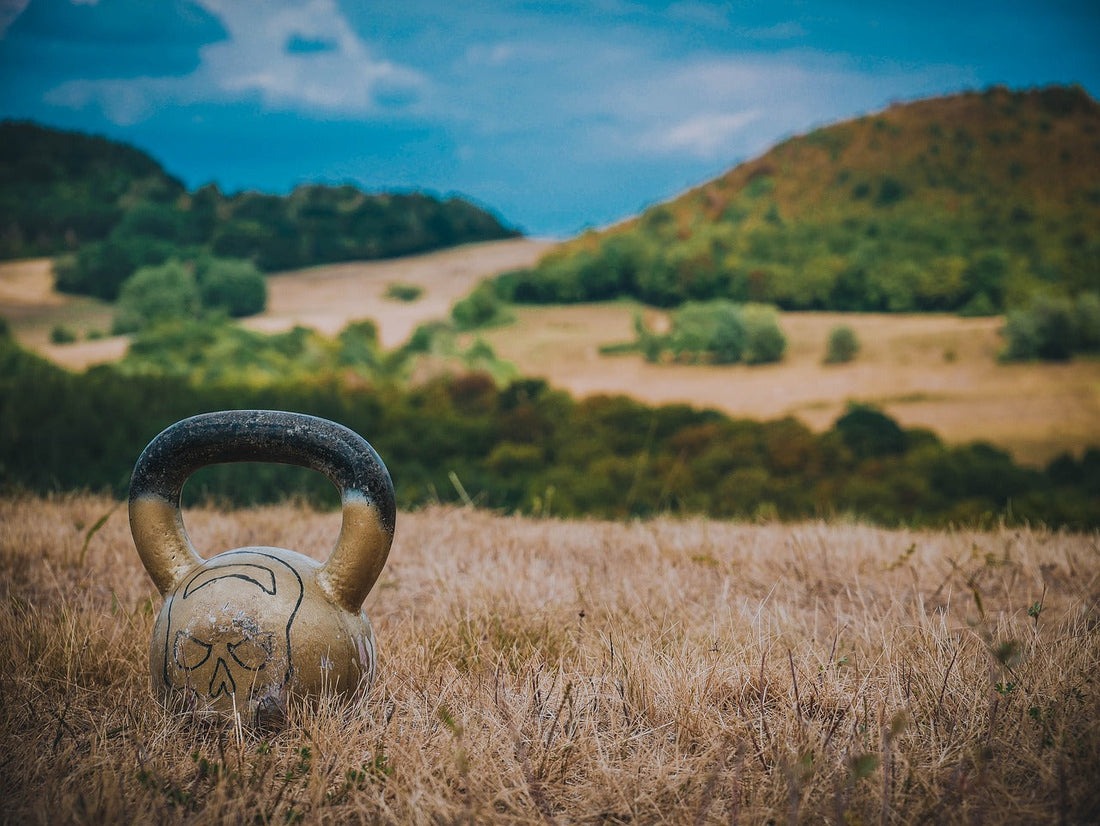
The Hidden Cost of “Modern” Grains — And Why Ancient Grains Belong Back on Your Table
Share
The Hidden Cost of “Modern” Grains — And Why Ancient Grains Belong Back on Your Table
For most of human history, grains were resilient, nutrient-dense staples that powered daily life. In the last century, however, the way we grow and process grains has changed dramatically. Intensive hybridization (cross-breeding to maximize yield, uniformity, and processing performance) and ultra-refining have delivered cheaper, fluffier loaves—but often at the expense of diversity, digestibility, and nutrient density.
This article unpacks what hybridization has meant for our food—and our bodies—and explains why ancient grains offer a smarter, more wholesome path to everyday well-being.
What Hybridization Actually Does
Modern wheat and other cereals have been repeatedly cross-bred to prioritize:
- Higher yields and disease resistance
- Shorter stalks (less lodging, easier harvest)
- Gluten characteristics that suit industrial baking
- Uniform kernel size and milling performance
These goals make sense for large-scale agriculture and factories—but they don’t necessarily optimize for human nutrition. Over decades, selection pressure has nudged grains toward more starch, different protein profiles, and lower micronutrient concentration per gram of flour. At the same time, widespread refining (removing bran and germ) strips fiber, minerals, essential fats, and many antioxidants.
Bottom line: modern hybrid grains often bake beautifully and scale economically, but can be less nutrient-dense and harder on sensitive digestion—especially when ultra-processed.
What Makes Ancient Grains Different
“Ancient grains” typically refers to varieties that have changed little over millennia. Examples include einkorn, emmer (farro), spelt, khorasan (Kamut®), barley, millet, sorghum, teff, amaranth, quinoa, buckwheat, and fonio. Many are cultivated as regional staples to this day. Compared with modern refined grains, ancient grains commonly provide:
- Richer micronutrient profiles (e.g., magnesium, iron, zinc, selenium)
- More diverse phytonutrients (carotenoids, polyphenols)
- Higher fiber (supporting satiety and gut function)
- Lower or steadier glycaemic impact (especially when minimally processed)
- Distinct protein structures that some people find easier to digest
Notably, several ancient wheats (e.g., einkorn, emmer, spelt) retain older gluten architectures. They are not gluten-free (important for those with coeliac disease), but their protein composition, solubility, and ratio of gliadins to glutenins differ from modern bread wheats—one reason many individuals report improved tolerance when switching to heritage varieties or whole ancient grains.
Health Implications: Ancient vs. Modern
1) Metabolic Health & Energy
Refined modern grains are rapidly digested and can spike blood glucose, often followed by a crash in energy and hunger rebound. In contrast, whole ancient grains—with intact fiber and a broader matrix of micronutrients—tend to slow glucose absorption, promoting steadier energy, appetite control, and satiety.
2) Gut Function & Microbiome
Fiber variety matters. Ancient grains contribute insoluble and soluble fibers, plus resistant starch and polyphenols that feed beneficial gut microbes. A healthier microbiome is linked to better digestion, immune support, and even mood regulation. Refined modern grains, bereft of bran and germ, offer far less to the gut ecosystem.
3) Inflammation & Oxidative Stress
Processing strips not only fiber but also antioxidants (e.g., carotenoids, ferulic acid, rutin). A diet richer in minimally processed ancient grains can increase antioxidant intake, potentially helping to buffer inflammatory stress associated with highly processed foods.
4) Protein Quality & Muscle Support
While total protein varies by grain, several ancient grains—khorasan, spelt, amaranth, quinoa, teff—offer higher or more complete amino-acid profiles than refined modern wheat products. This helps with muscle repair and satiety, especially when combined with quality protein sources (e.g., dairy or plant proteins).
5) Dietary Diversity & Sustainability
Relying on a narrow band of high-yield hybrids squeezes out biodiversity. Ancient grains are often hardier, thrive in diverse climates, and support agro-ecological resilience. More diversity in fields and kitchens benefits both planetary and human health.
Important: If you have coeliac disease or diagnosed wheat allergy, choose gluten-free ancient grains (e.g., quinoa, amaranth, buckwheat, millet, sorghum, teff) and follow your clinician’s guidance.
How to Bring Ancient Grains Into Everyday Life
Breakfast (the easiest win)
- Power Porridge: Combine a blend of teff + millet + quinoa (or spelt flakes if you tolerate gluten) with milk or plant milk. Simmer, then finish with cinnamon, a teaspoon of nut butter, and berries.
- Protein Upgrade: Stir in a vegan protein or Greek yogurt to hit 20–30 g at breakfast—great for satiety, muscle support, and steady energy.
Baking & Bowls
- Heritage wheat flours (einkorn, spelt, khorasan) lend nutty flavour and better nutrition to pancakes, breads, and muffins.
- Cooked ancient grains (farro/emmer, barley, sorghum, quinoa) make hearty salads and warm bowls with olive oil, herbs, and roasted veg.
Smart Swaps
- Replace refined sides with quinoa or buckwheat.
- Rotate teff or amaranth into pancakes and porridge for extra iron, calcium, and fiber.
- Try sorghum as a gluten-free base for soups and stews.

A Practical Plan for Well-Being
- Choose whole over refined: look for “whole [grain]” or the intact grain itself.
- Vary your grains: alternate between gluten-free and heritage wheats (if tolerated).
- Pair with protein: especially at breakfast for satiety and blood-sugar control.
- Mind processing: flours are fine—just opt for stone-ground/whole-grain options and keep portions balanced.
- Listen to your body: tolerance is individual. Introduce new grains gradually and notice how you feel.
The Granavitalis Approach
At Granavitalis, we champion ancient grains because they honour both human physiology and real-food tradition. Our ethos is simple: better breakfasts, better days—with nutrient-dense porridges, heritage flours, and plant-forward proteins that help you move away from high-sugar, low-nutrient defaults.
- Explore gluten-free ancient grain flours (quinoa, sorghum, teff, amaranth)
- Try heritage wheat options (einkorn, spelt, khorasan) if you tolerate gluten
- Build high-protein, high-fiber breakfasts that keep you full, focused, and well
👉 Ready to experience the difference? Discover our Ancient Grain range and Power Porridge ideas at Granavitalis.com.
Final Word
Hybridization and heavy processing have given us grains that work wonders for factories—but not always for well-being. Ancient grains restore flavour, fiber, micronutrients, and diversity to the foods we eat most often. Start with breakfast. Keep it simple. And let ancient nutrition do its quiet, consistent work.
